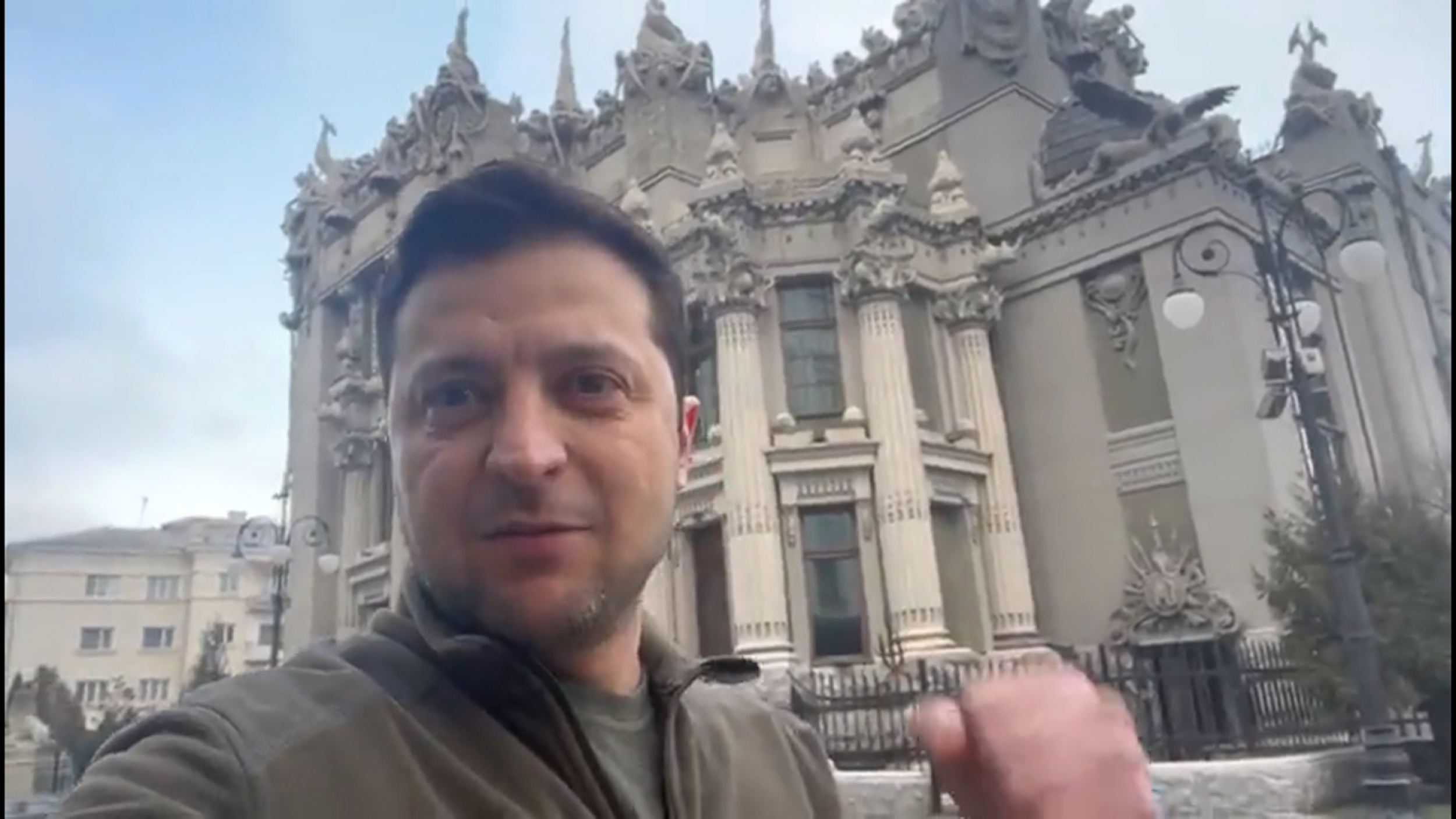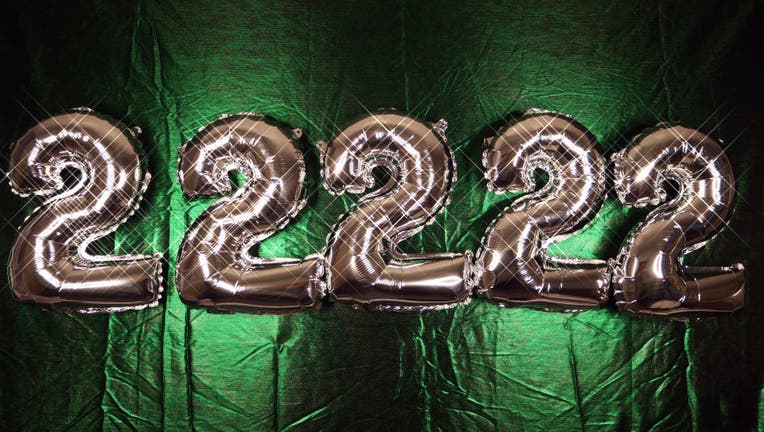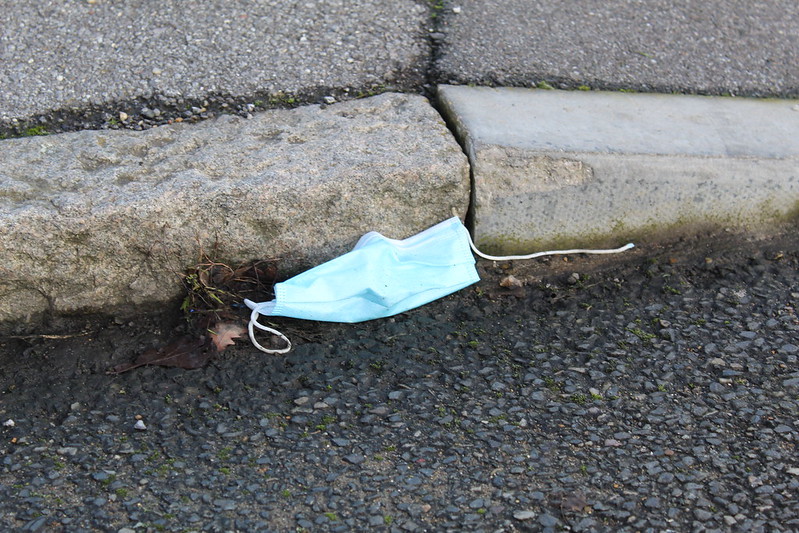
The Scioto Mile path offers the walker a choice: you can take the high road, or you can take the low road. The high road pretty much sticks to street level. The low road, on the other hand, hugs the river, and leads you down on a winding path that runs beneath the various traffic and railroad bridges that span the river.
I prefer the low road, and the bridges are a big part of the reason why.

Street-level views of the world are fine, of course, but that’s what we get every day. To me, the engineering underworld of concrete spans and bridge abutments and rip rap is a nice change of pace. It is especially interesting on a cold, clear morning, where the sunshine plays with the concrete and metal and adds a new element to the views.
When we hear debate about infrastructure, bridges are a lot of what we’re talking about. To my unschooled eye, the downtown Columbus bridges over the river look to be in pretty good shape, with no apparent cracks or sags or exposed rebar. And they are interesting bridges, too, from a design standpoint. I doubt if the bridge designers focused overmuch on the underside views as opposed to the topside perspective, but the underside views are compelling nevertheless. Looking at the bridges from below helps you to understand how bridges work, and also leads to an appreciation of the artistry of sound engineering.













/https://tf-cmsv2-smithsonianmag-media.s3.amazonaws.com/filer_public/d1/89/d189960b-7737-4b97-a1ee-5ce20ebfc594/louisa-jacobson-denee-benton.jpeg)

